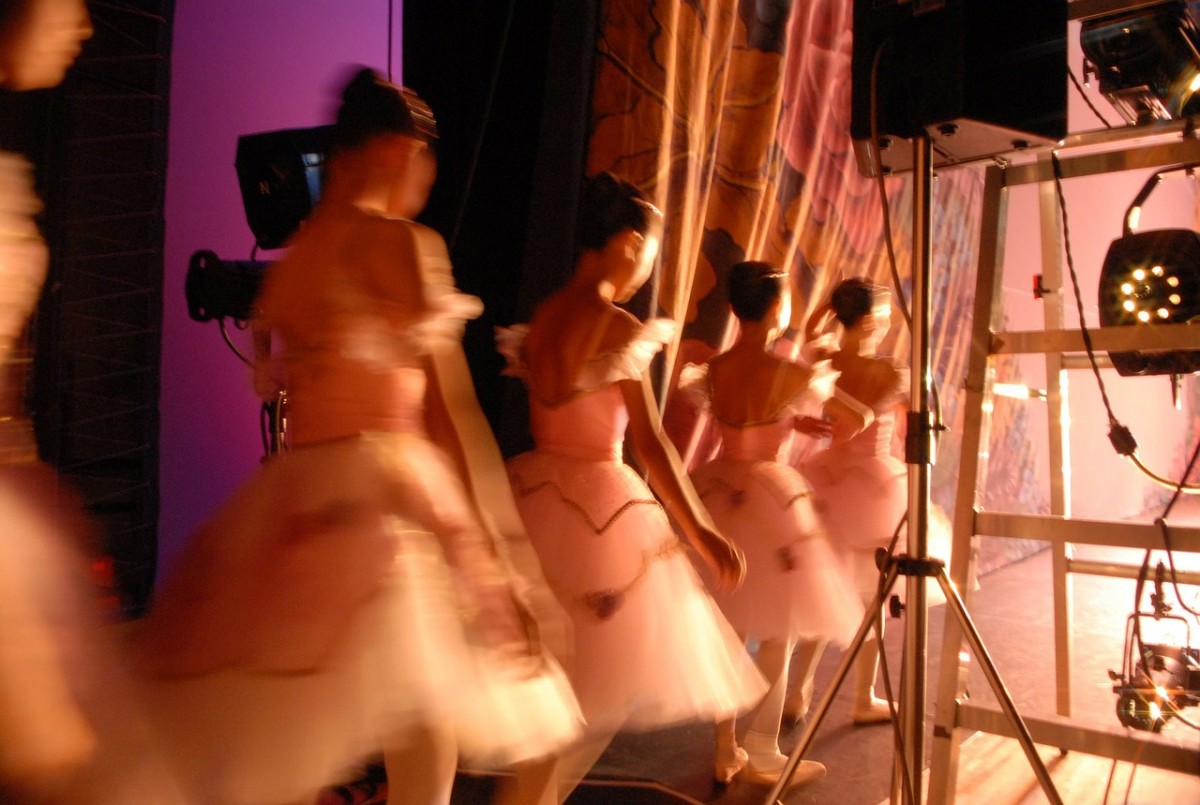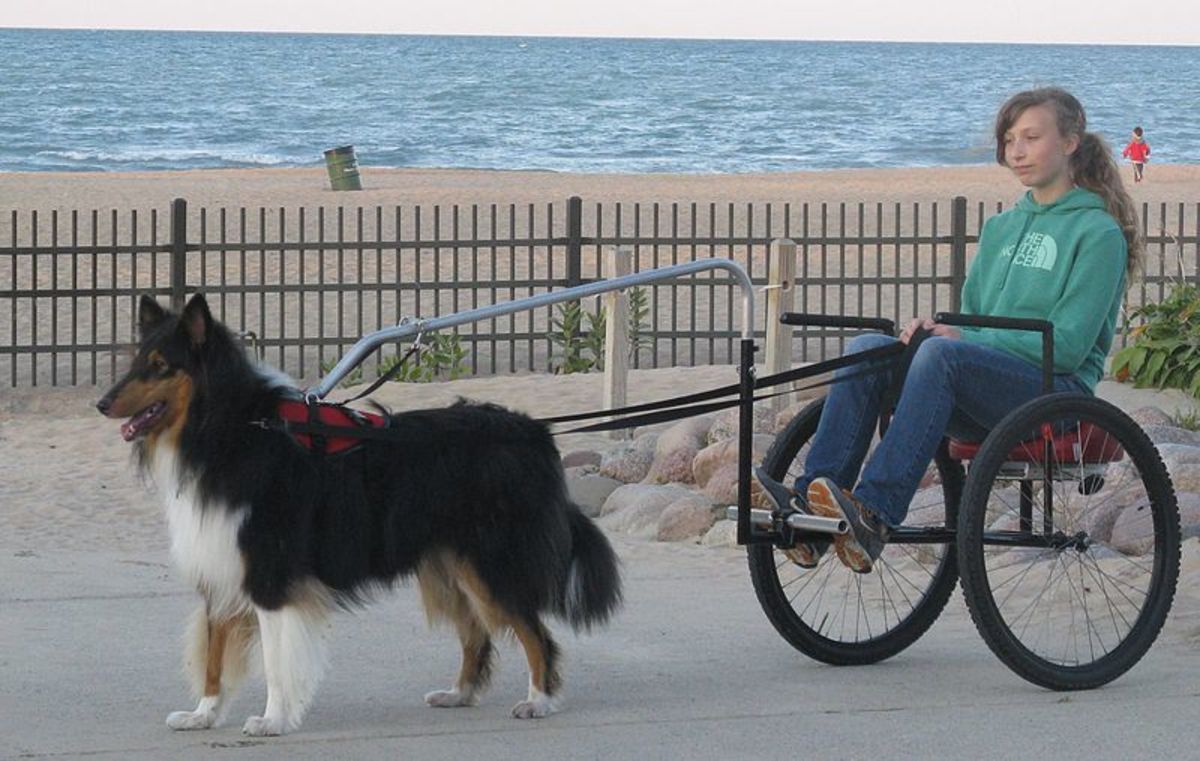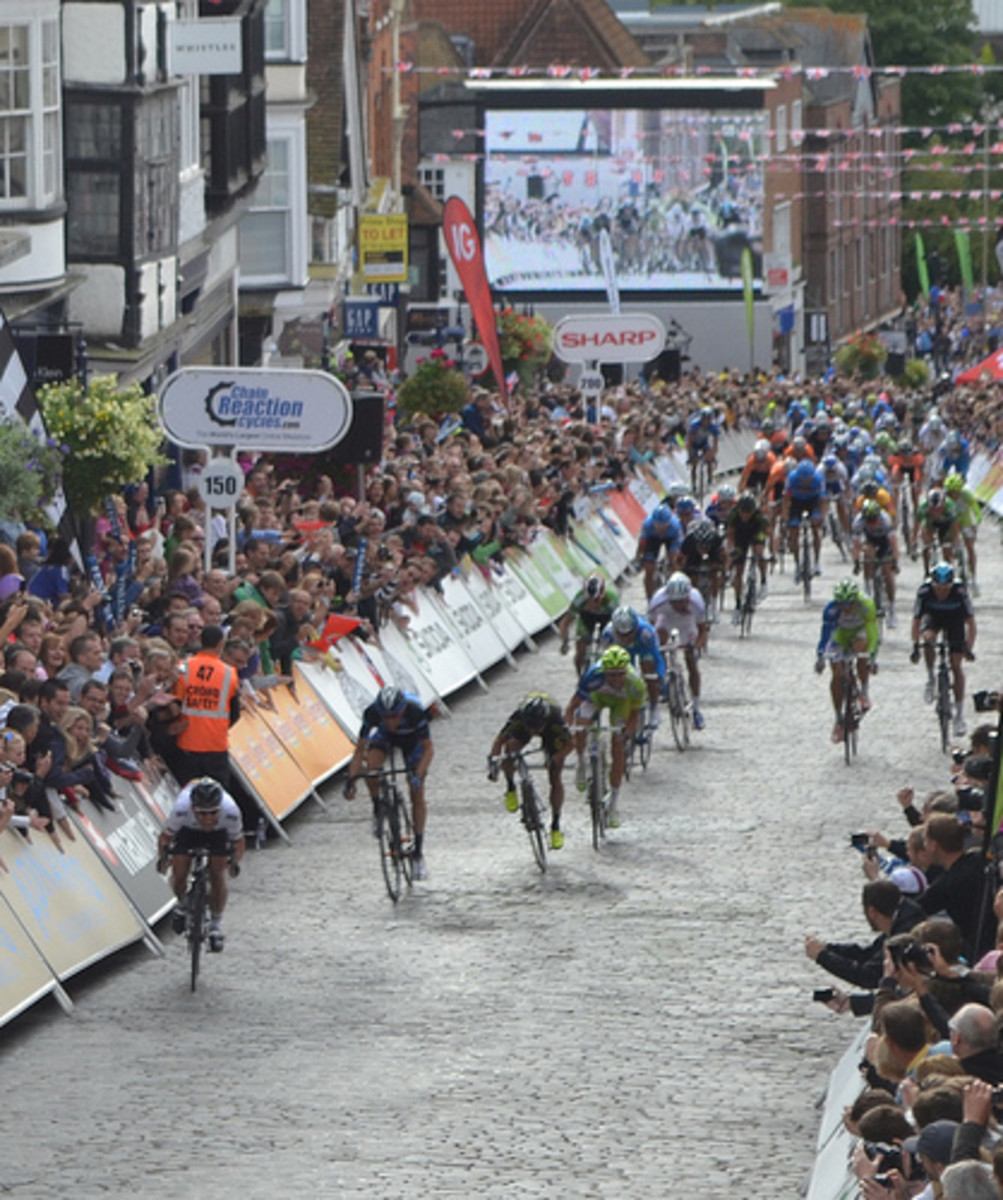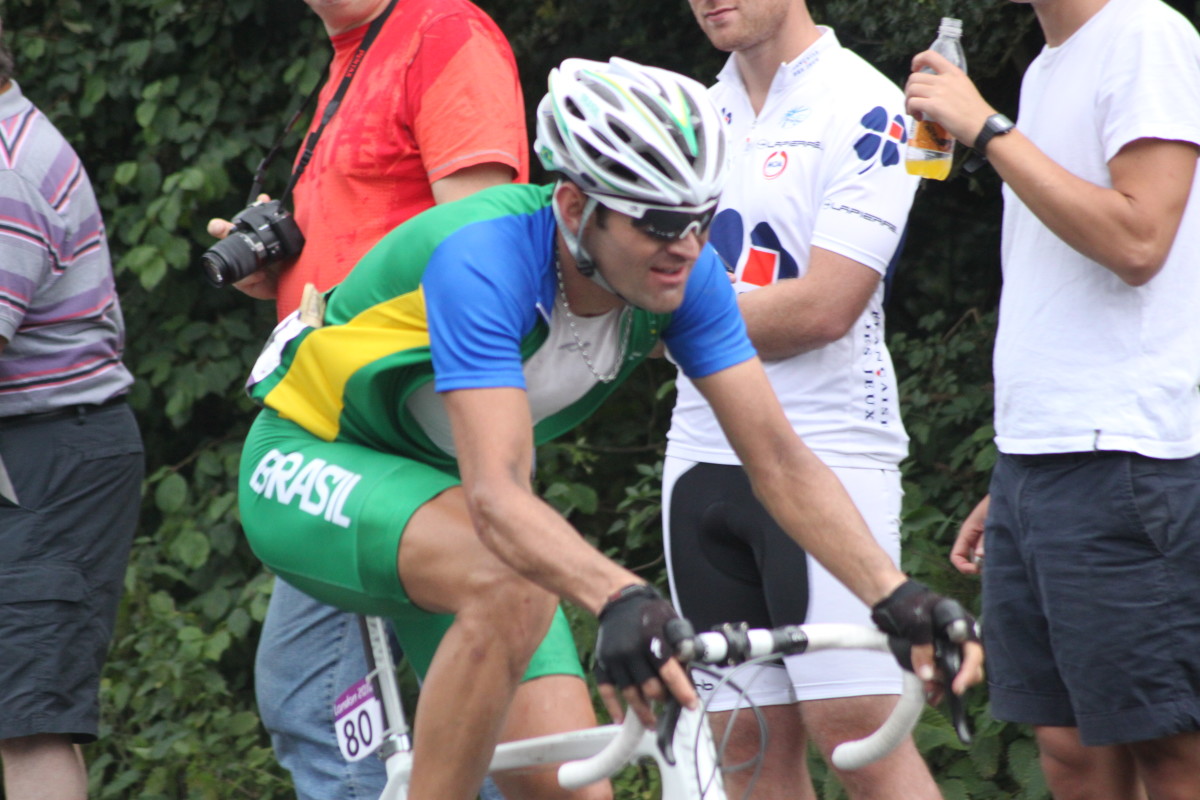Free-Running: Expression Through Motion
History of Free-running
Free-running originated from the more popularly known sport of Parkour. Parkour is believed to have originated from African tribes who had incredible athletic abilities. Then, the sport was rather seen as the practical ability of moving from A to B in an efficient manner. The idea was picked up and taken to France where it was developed into a method of military training. Free-running is a far-cry from the Parkour scene, which saw the sport as a physical tool rather than a form of recreation. Free-running was coined by Sebastien Foucan in 2003 as an acrobatic sport with movements that are purely aesthetic. It was then that such sports were portrayed in the media though a documentary titled “Jump London”. Free-running became a sport for the individual with the will to express.
by Jamie John Davies
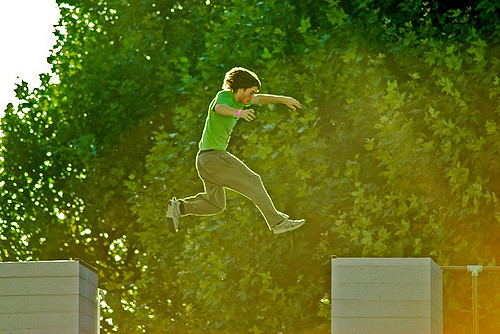
How Free-running became a medium of expression
Motion can be seen as the act of physical movement. Motion as an art form can be seen as a meaningful and expressive change in the position of the body or body part. This is what gives us the gestures and emotions that come from the language of the body. Dancing is the primary representative of motion as a medium of expression. But since “Jump London” the evolution of Free-running distorted from Parkours’ original idea of simply moving from one point to another in the most efficient way possible. The act of an individual’s ability to perform physical artistic aerobic movements with a creative mindset began to take form. Now that Free-running has come into existence, its unique ideals set up creativity and movement in the athlete as an artistic/expressive foundation. Nowadays, it means that the Free-running athlete is able to perform his /her craft according to their physical ability and their creative prowess. The sport thus developed into a medium that was capable of representing the individualistic style and character of the athlete.
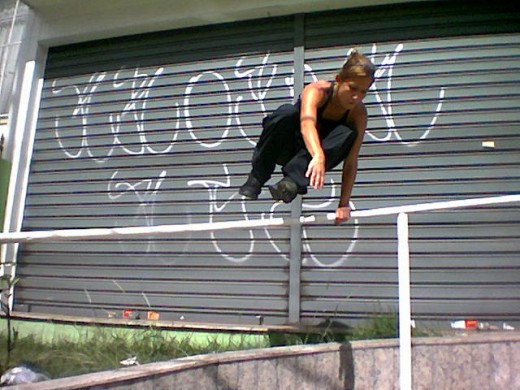
Free-running in the media
Free-running plays a major role in the identities of characters in films and stories today. Most of which can be identified in protagonists like James Bond, who constantly finds himself in an action packed chase over rooftops and through windows in a bustling city. Films more particular about the sport itself are Yamakazi, Jump London, Tracers and Freerunner. The sport is typically represented in lead characters of most plots. It tends to describe them as strong and capable individuals regardless of their rolls in the film. There is a general stigma of ‘coolness’ or authority that is attached to the typical free-running character. Free-running is also found in the performance world, particularly in acrobatic performances and circuses. Only recently has it developed into a professional competitive sport, though many find this controversial to its philosophy of individualism.
How to become a Free-runner
Perhaps the greatest thing about Free-running is that it is for anyone who is willing and capable. Generally you won’t find a list of equipment for the sport. Any comfortable clothes and reasonable sport shoes will do. The sport grabs the attention of many who wish to take it on. So much so that it pushes new recruits into attempting moves beyond their ability, often resulting in injury and an immediate off-put to the sport. Anyone can become a Free-runner, but you need to be diligent and patient. Like everything, you need to practice and train and learn.
Start by getting fit. An unfit individual is more prone to fatigue which could lead to bad judgment and accidents. Training is also crucial as your muscles need to be strong in order to support your weight. Weak muscles mean you cannot perform to the best of your ability. This will only lead to frustration on your part though constant failure. The next step is to learn how to jump and land without hurting your-self. The way to vault up or over a wall, to the way you jump off is crucial, else you risk hurting your limbs. Only after all this could you begin to feel confident enough to begin to move in a more creative manner. The important thing is to never stop trying and training. The greatest athletes and artists began where you are now and patience and endurance lead to their success.
A Beginning-Free-Runners training in depth
Fitness as discussed is important. Cardio every other day with ensure your body can keep up with your ambitions and keep you in shape. Other cardio like swimming, skip-rope, rowing or anything else keeping your heart rate up for at least 20 minutes per session is crucial. A successful free-runner has to be light on his feet and most importantly lift their bodies with ease. This is where training comes to play. The most essential movement a Free-runner must be able to do is a pull-up. Many cannot do a pull-up, and the only ways to learn is to do it even in you fail the first time. Find any opportunity to lift yourself up a beam or bar and results will be seen in a matter of weeks. Diligence and patience is key. Other movements that should be done at least three times a week are: pushups, chin-ups, jump squats, bar dips and leg raises. Muscles need to be under strain for extended periods of time in order to grow. Very soon you will begin to feel and see results. Just set yourself a goal you know you can achieve, reach it and set a new one. Soon you will find the new goal you aim for will seem impossible when you began.
Next you would want to find a park or railings to train on. It is important to learn what you are physically capable of. Generally if your confidence does not allow you to do a move, then you are not ready for it. You need to learn what your body can do and how you can push yourself to become better. Don’t try a flip or jump off a seven foot high wall the first time round. You will hurt yourself and never try it again. Learn how to land without hurting your ankles, how to roll without hurting your back and head, and how to jump without losing your balance. As time goes on, you will find yourself capable of much more and soon you will learn to express your creative intent though your body.
Do you think Free-running is a medium of Expression?
In Summary…
There is so much more in the world or expression though motion. Not everybody can be a dancer, but you can become a Free-running athlete that can equally express yourself through movement. Free-running is a medium that found its place in the modern-worlds pop-culture. Giving people personal freedom and confidence to move, express and socialize. Just remember to start with getting fit, then getting strong enough to lift your body off the ground. And finally remember to take it slow in the Free-runners environment. Never be overconfident and learn what your body is capable of.
With patience, determination and diligence, you could become an inspiration to the next aspiring Free-runner.
What do you think?
Free-running has a surprisingly big community online who are willing to help any newbie in the sport. All you have to do is ask the right questions. If you are an experienced Free-runner what would you have to add to this article? And what motivational stories do you have to share?


